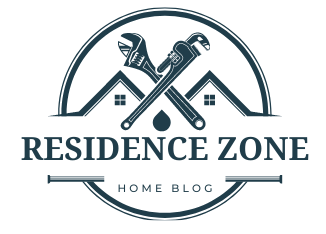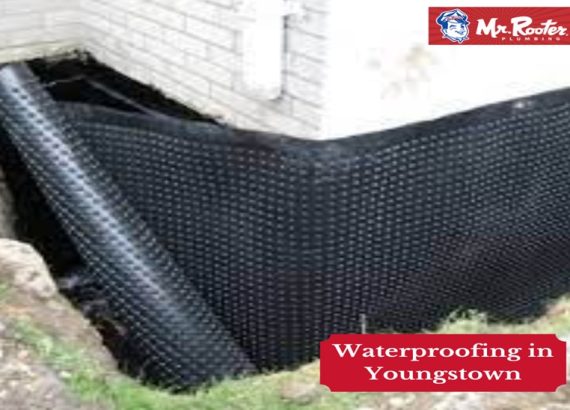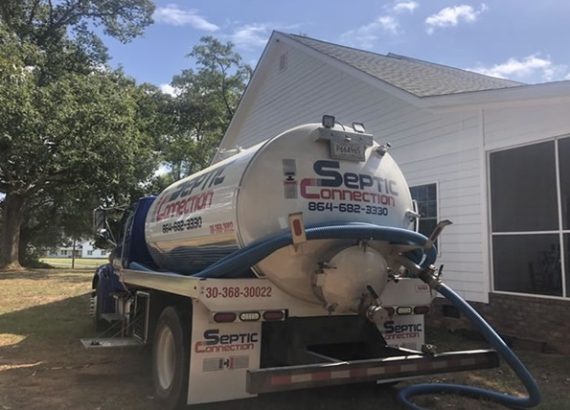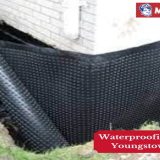Ways Older Americans Can Fund Home Improvements
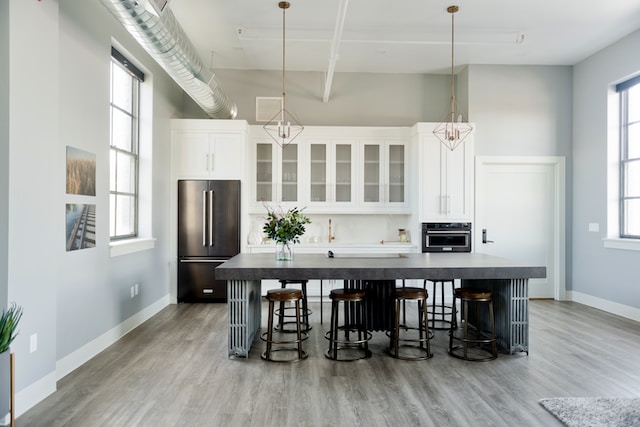
Are you an older person considering home improvement projects? Maybe you want to remodel your bathroom, or it could be upgraded to age in place. It might also be energy-efficient feature to save money on your utility bills.
As a person who is older or retired, you might worry about financing these projects. Depending on the home improvements, the work can get expensive. Fortunately, there are options for older people who need to fund home improvements.
Read on to learn about some of the options older people have for funding home improvement projects.
Table of Contents
Personal Savings
If you have the money in your savings, it is the best option for funding improvements and repairs. It means you won’t have to pay the fees and interest that come with borrowing. However, you should also be wary of depleting your bank accounts. Sometimes it is better to borrow so you can keep some cash available in the bank.
You could also consider saving over time if the improvements are not urgent. Put a little extra money away every month, and you might be able to avoid borrowing. Even if you can save enough to pay for half upfront, it will reduce costs by limiting the amount you need to borrow.
Personal Loans
A personal loan from a bank or credit union could be a good option. If you have the income to pay it back and decent credit, it shouldn’t be hard to find a loan. The interest and fees on these loans are usually reasonable, and you can use them for anything. You might not even need to put up collateral to secure the loan.
Home Equity Loans
Home equity loans can be an option for homeowners who have paid off enough of their mortgage. With a home equity loan, you are basically using the equity you have paid into the property. You could also consider a home equity line of credit as an alternative. The difference is that with a home equity loan, you get a lump sum. With a line of credit, you have an amount you can borrow and repay on a revolving basis.
Different lenders have different requirements, but you can usually borrow up to 70% of the equity you have in your home. These loans are also beneficial because they have lower interest rates than most other options. That is because the loan is secured against the equity in the home. It can also be a good way to borrow for expensive projects since the limits are based on the equity you have in the home.
Credit Cards
Using your credit cards could be an option for some home improvements. What makes credit cards advantageous is that you can get money quickly to pay for projects. However, credit cards tend to be an expensive way to borrow. If you can’t pay the balance back quickly, the fees and interest could make the project much more expensive. However, it might be a good option for smaller projects with lower costs.
Reverse Mortgages
Reverse mortgages are an option exclusive to people 62 or older. It is another way of borrowing against the equity in your home. However, with a reverse mortgage, the borrower does not need to make regular payments. Instead, they don’t need to pay the loan until they move from the home or pass away. With that said, there is a lot to consider before accepting a reverse mortgage.
An expert from ARLO Reverse Mortgage (reverse.mortgage) recommends taking your time. As they said, “There are many options for reverse mortgages. They can come with different payment options and terms. There are also many different lenders. It is a big financial decision, so you need to make sure you are selecting the right option.”
Home Improvement Loans
This is a type of loan banks and credit unions offer for home improvements. In some cases, you might also be able to get a home improvement loan from or through a contractor. However, the terms can vary significantly depending on the provider. Home improvement loans from banks are usually unsecured and typically have shorter payment periods than other loans. Take your time to compare options and review the terms before accepting a loan.
401(k) Loans
If you have a 401(k) retirement account, you could borrow from it to fund home improvements. With this option, you are borrowing from yourself. The advantage is that the interest rates are low, and you are paying it all back into your retirement savings. Along with that, it doesn’t come with the tax penalty of an early withdrawal. The only catch is that you need to pay it back on time. If you fail to meet the payment terms, it will count as an early withdrawal and be subject to penalties.
As a final tip, look into government programs. Depending on where you live, there might be grants or lending programs to help retired people pay for home improvements and repairs. They can offer a good way to save money on home improvements.
